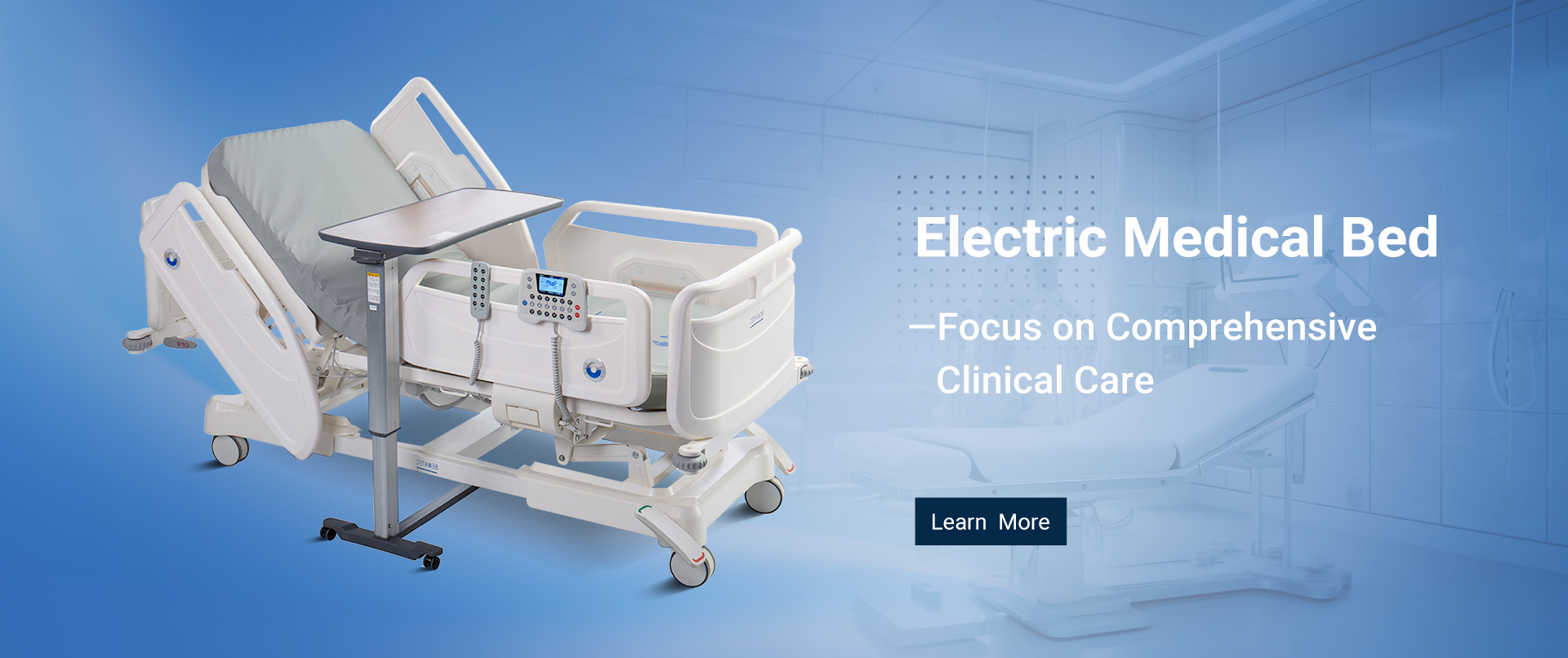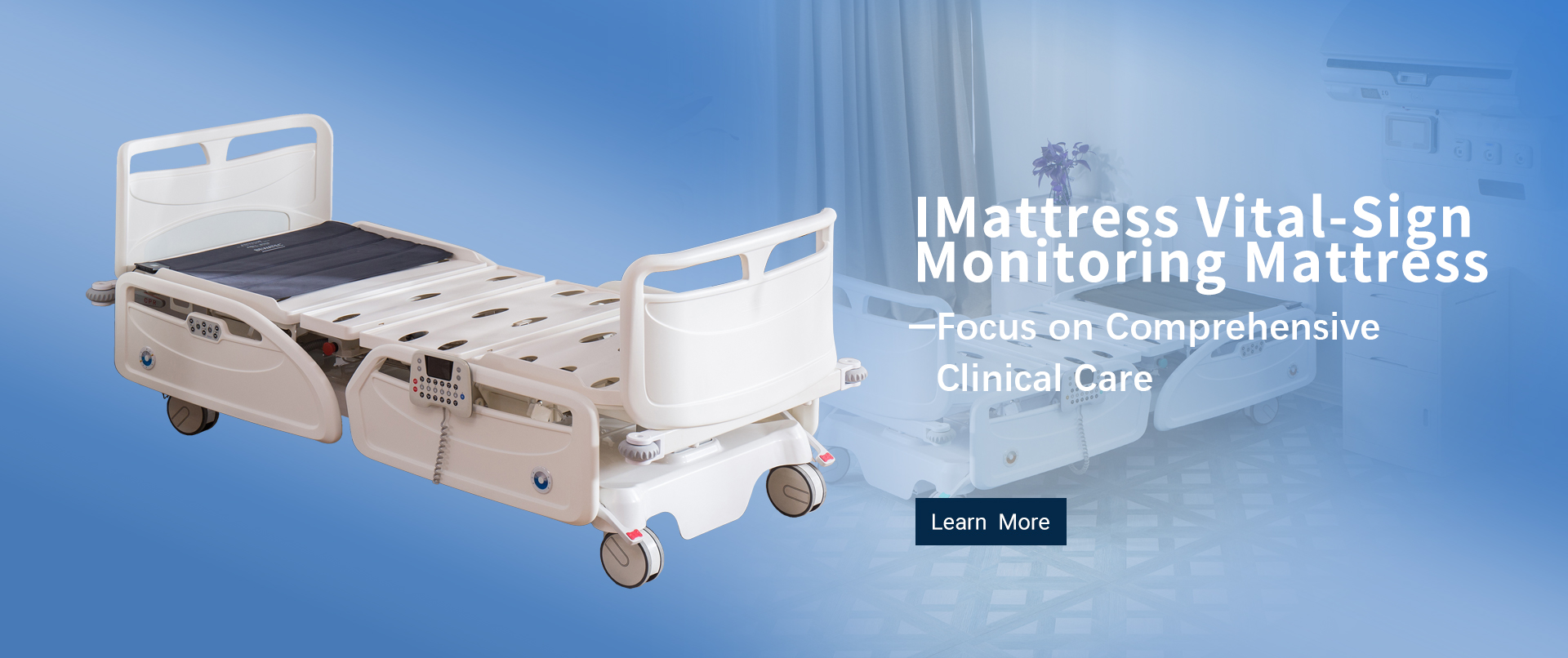Manual beds play a crucial role in healthcare settings, providing essential support and comfort for patients. Understanding how the adjustment mechanisms in these beds work can help caregivers and patients achieve precise positioning, enhancing overall care quality. This article delves into the workings of manual bed adjustment mechanisms, focusing on the benefits and practical applications of two-function manual beds.
Understanding Manual Bed Adjustment Mechanisms
Manual beds are equipped with mechanical systems that allow caregivers to adjust the bed’s position manually. These adjustments are typically made using cranks or levers located at the foot or side of the bed. The two primary functions of these beds include adjusting the head and foot sections, which are essential for patient comfort and medical needs.
Head Section Adjustment
The head section of a manual bed can be raised or lowered to provide optimal support for the patient’s upper body. This adjustment is particularly beneficial for patients who need to be in a semi-upright position for medical reasons, such as those with respiratory issues or those who need to eat or drink while in bed. By manually adjusting the head section, caregivers can ensure that patients are positioned correctly, reducing the risk of complications and enhancing comfort.
Foot Section Adjustment
Similarly, the foot section of a manual bed can be adjusted to elevate or lower the patient’s legs. This function is crucial for patients who require leg elevation to reduce swelling, improve circulation, or provide comfort. Proper adjustment of the foot section can also help prevent pressure ulcers by redistributing weight and reducing pressure on vulnerable areas.
Benefits of Two-Function Manual Beds
Two-function manual beds offer several advantages in healthcare settings:
1. Cost-Effective: Manual beds are generally more affordable than their electric counterparts, making them a cost-effective solution for many healthcare facilities.
2. Reliability: Without reliance on electrical components, manual beds are less prone to mechanical failures, ensuring consistent performance.
3. Ease of Use: The straightforward design of manual adjustment mechanisms makes them easy to operate, even for caregivers with minimal training.
4. Patient Comfort: By allowing precise adjustments, two-function manual beds can significantly enhance patient comfort and support.
Practical Applications
Manual beds are widely used in various healthcare environments, including hospitals, nursing homes, and home care settings. Their versatility and reliability make them suitable for a broad range of patients, from those recovering from surgery to individuals with chronic conditions requiring long-term care.
Conclusion
Understanding how the adjustment mechanisms in manual beds work is essential for caregivers and patients alike. By mastering the use of these mechanisms, caregivers can provide better care, ensuring that patients are positioned correctly and comfortably. Two-function manual beds, with their cost-effectiveness and reliability, remain a valuable asset in healthcare settings, contributing to improved patient outcomes and overall care quality.
By focusing on the practical benefits and applications of manual bed adjustment mechanisms, this article aims to provide valuable insights for caregivers and healthcare professionals. Whether in a hospital or home care environment, the knowledge of how to effectively use manual beds can make a significant difference in patient care and comfort.
For more insights and expert advice, visit our website at https://www.bwtehospitalbed.com/ to learn more about our products and solutions.
Post time: Dec-19-2024









